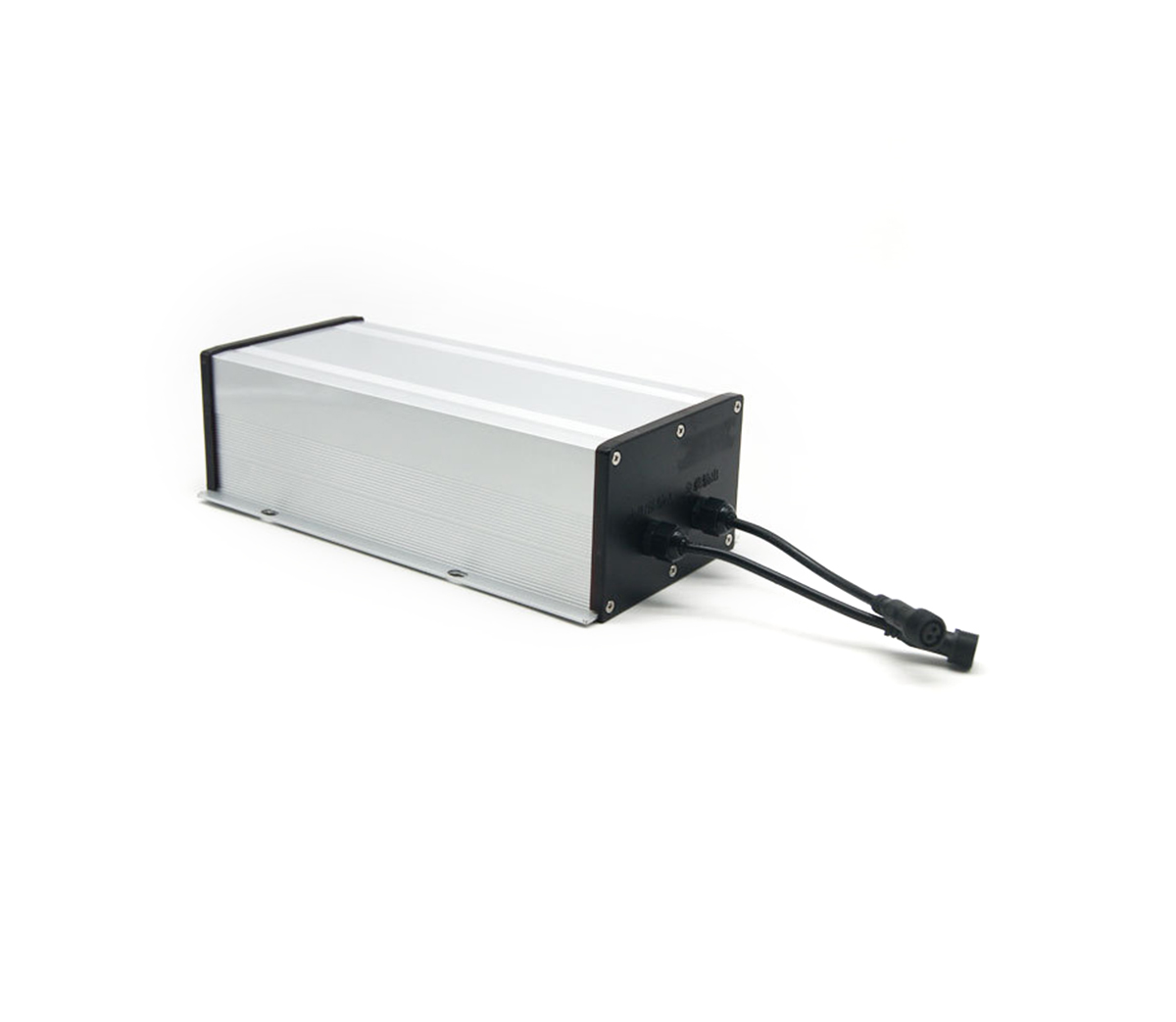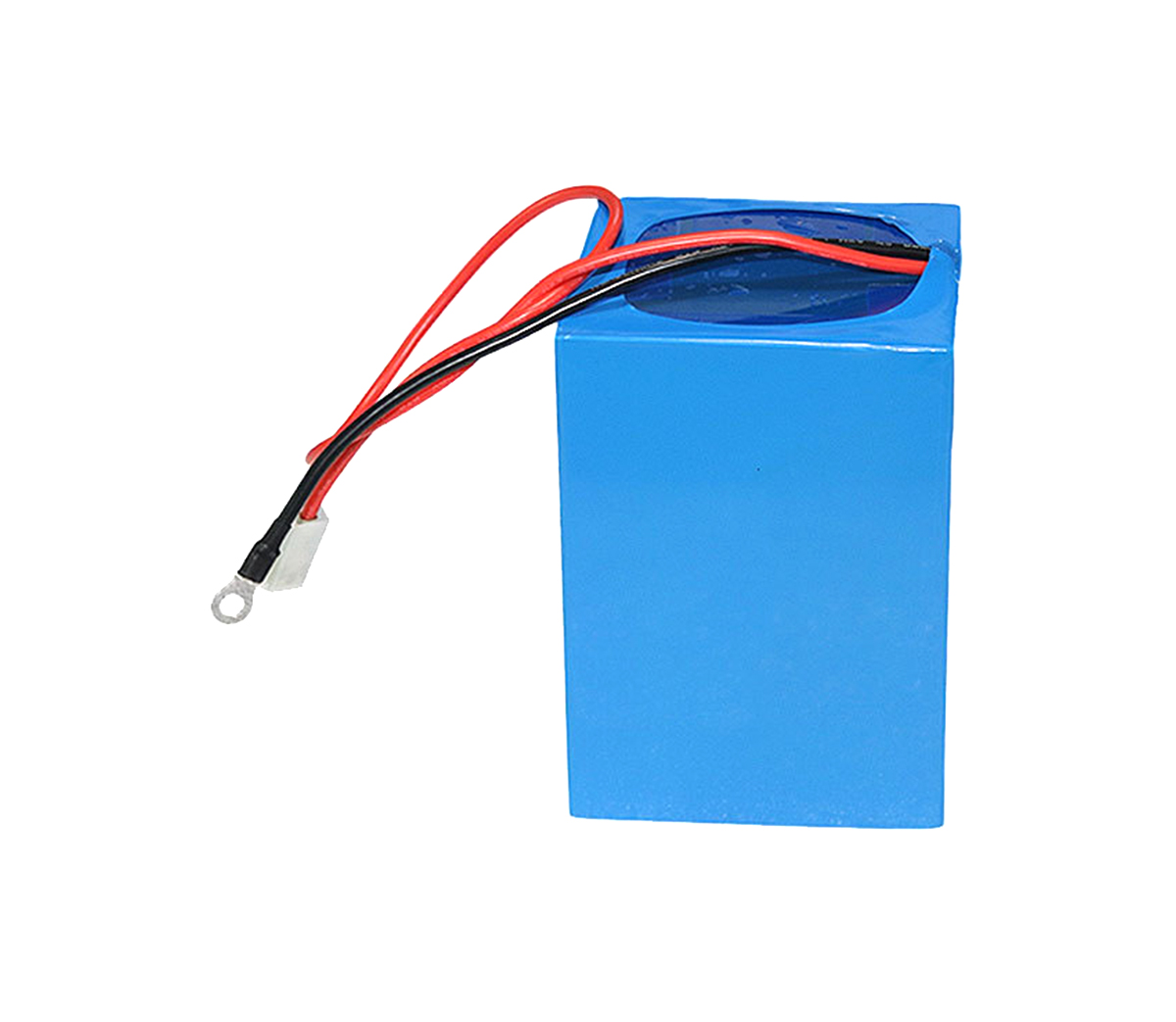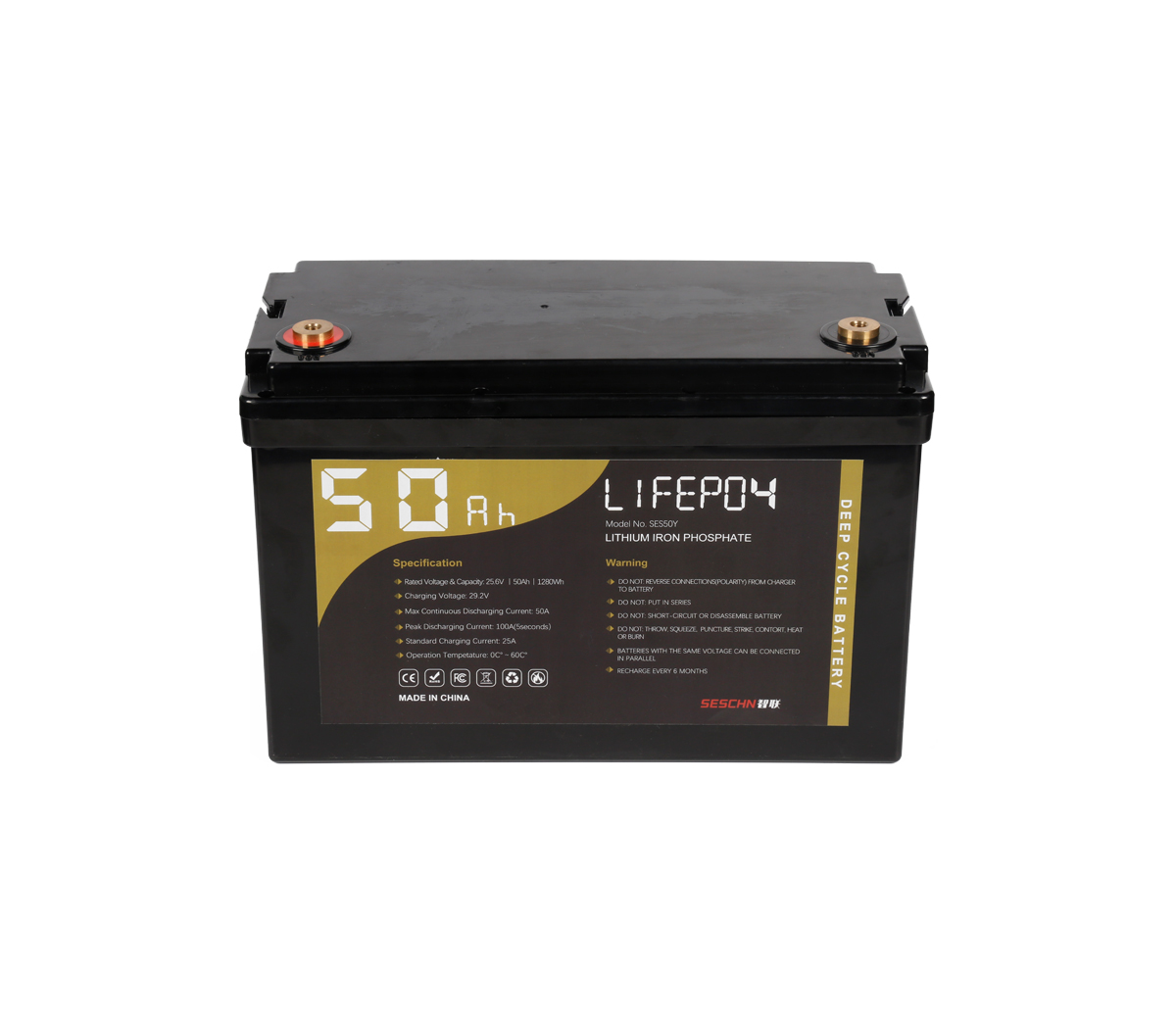Related concepts and production processes of lithium-ion batteries
Lithium batteries are a type of batteries that use lithium metal or lithium
alloy as the negative electrode material and use a non-aqueous electrolyte
solution. Now people are no strangers to lithium batteries, especially after
they are widely used in vehicles, electric vehicles and other transportation
fields, people's attention to lithium batteries has increased to a higher level.
At the same time, lithium-ion battery manufacturers are constantly improving the
production process of lithium-ion batteries.
Lithium battery concept Lithium battery is a type of battery that uses
lithium metal or lithium alloy as the negative electrode material and uses a
non-aqueous electrolyte solution. Edison was the first scientist to invent
lithium batteries. Of course, now people are no stranger to lithium batteries,
especially after they are widely used in vehicles, electric vehicles and other
transportation fields, people's attention to lithium batteries has increased to
a higher level.
Lithium cobaltate batteries and ternary lithium batteries (ternary
nickel-cobalt-manganese) 2, according to use; can also be divided into two
categories: The first one is digital batteries, which are our daily mobile
phones, tablets, mobile power supplies, etc. , These are all digital batteries.
The second type is power batteries, which are batteries used by Tesla, BYD, some
new energy electric vehicles, and drones. These batteries require a large
instantaneous current, and digital batteries cannot meet the instantaneous high
current, so this The class is also called high-rate battery, which is more
expensive than digital batteries. 3. According to the shell materials, it can
be divided into three categories: The first category, steel shell batteries,
as the name implies, the shell is made of steel. The second category, aluminum
shell batteries, similarly, the shell is made of aluminum. The third category,
polymer batteries, the shell is a polymer material, mostly silver, a few
manufacturers make black, the industry has become black. 4. According to the
shape, there are also three categories: the first type, cylindrical
batteries, which are used a lot, such as 18650, 26650, etc., this general
combination is used, and the combination with less can be used as digital
products, like early notebook computers , Generally 8 18650, mobile power, one
to five or six combinations, there are more than 7000 series and parallel
combinations of Tesla's 18650. The second type is square batteries. Most of
these batteries are polymer batteries, because this polymer is very malleable
and can be made into many shapes. The length, width and height can be adjusted
at will. Now most digital products use this type of battery. . The third type,
abnormal-shaped batteries, are some weird-shaped batteries. According to the
needs of the product, the batteries must also have a matching shape. For
example, the popular smart wearable products, such as smart bracelets are
ring-shaped, so the battery is also made into a ring shape.
The structure of the lithium battery The structure of the lithium battery
is divided into five parts, namely the positive electrode, the negative
electrode, the separator, the electrolyte and the casing. (1) Lithium battery
positive electrode contains active material, conductive agent, solvent, binder,
matrix and other materials. (2) The negative electrode of a lithium battery
contains active materials, binders, solvents, substrates and other materials.
(3) Lithium battery separator (4) Lithium battery electrolyte (5) The
lithium battery shell includes steel shell, aluminum shell, cover plate, tabs,
insulating tape and other hardware.
Lithium battery production flow chart The production process of lithium
batteries is not very consistent for each manufacturer, but most of them are
inseparable from these links, as shown below:
The details are as follows: material
preparation-homogenization-coating-rolling-slitting-baking-winding-into the
shell-laser welding-baking-injection-pretreatment
Filling-sealing-cleaning-aging-full inspection-storage-shipment. Lithium
battery production process Objectively speaking, the lithium battery
production process is divided into three sections, one is pole piece production,
the other is battery cell production, and the third is battery assembly. In the
lithium battery production process, the production of pole pieces is the
foundation and the production of battery cells is the core. Battery assembly is
related to the quality of the finished lithium battery. The specific steps of
the lithium battery production process flow include positive electrode slurry
drawing, negative electrode slurry drawing, positive electrode sheet, negative
electrode sheet, steel shell assembly, liquid injection and testing, and
packaging.
Introduction to the process flow of lithium battery production is well
known, the process flow of lithium battery production is quite complicated.
After all, the safety performance of lithium ion battery products is directly
related to the life and health of consumers. Natural lithium battery production
and manufacturing on the equipment performance, accuracy, stability and
automation The level has higher requirements. Take the preparation of electrode
slurry in the lithium battery production process as an example. This link is the
foremost link in time and is also the most important link in the entire
production process. After all, the electrode slurry mixing and dispersion
process has an impact on product quality greater than 30 %. What's the
reason? The reason is that the preparation of the positive and negative slurry
of lithium batteries includes a series of processes such as the mutual mixing,
dissolution, and dispersion of liquid and liquid, and liquid and solid
materials, and is accompanied by changes in temperature, viscosity, and
environment. In the positive and negative electrode slurry, the dispersion and
uniformity of the granular active material directly affects the movement of
lithium ions between the two electrodes of the battery, so the dispersion
quality of the electrode slurry directly affects the product performance of the
lithium battery. It can be seen that each production link of the lithium battery
production process is closely related to product quality and safety. Every link
in the lithium battery production process must be strictly and carefully
managed, so as to improve the safety performance of lithium battery products.
.


































